Electric lines kill birds. But they’re a lot better than climate change
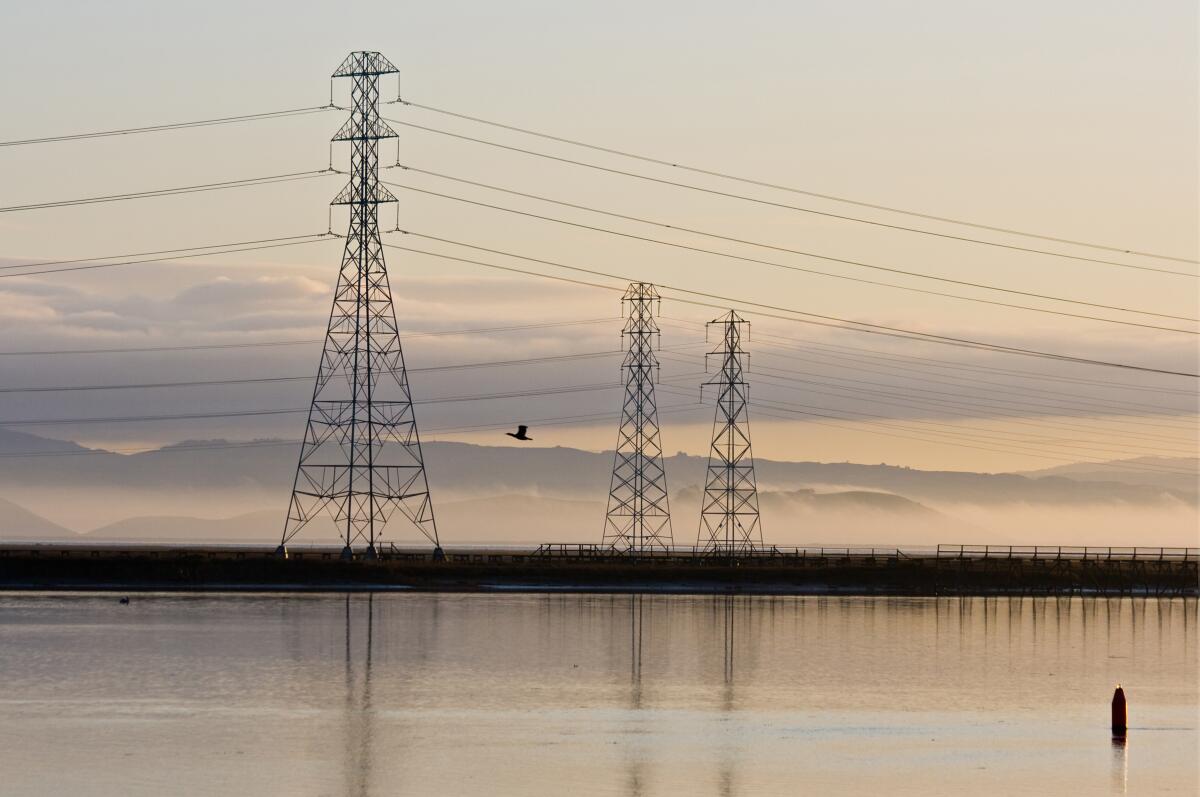
- Share via
This story was originally published in Boiling Point, a newsletter about climate change and the environment. Sign up here to get it in your inbox.
Back in 2015, critically acclaimed novelist Jonathan Franzen wrote a searing essay for the New Yorker magazine arguing that conservation groups such as the Audubon Society had become too focused on climate change, to the detriment of beloved bird species that — in his view — faced more immediate threats. Those threats, he suggested, included renewable energy.
“We can dam every river and blight every landscape with biofuel agriculture, solar farms, and wind turbines, to buy some extra years of moderated warming,” Franzen said. “Or we can settle for a shorter life of higher quality, protecting the areas where wild animals and plants are hanging on, at the cost of slightly hastening the human catastrophe.”
I was new to the climate beat at the time, having started reporting on energy less than a year earlier. But even then, something about Franzen’s argument felt wrong to me. He was too fatalistic, too certain that “human catastrophe” was inevitable.
And he didn’t seem to grasp the magnitude of the climate threats to birds — at least based on the science I had seen.
That science included a National Audubon Society report finding that 314 North American bird species could lose at least half of their ranges if temperatures kept rising with fossil fuel combustion. Audubon would build on that research with a peer-reviewed study concluding that global warming could drive two-thirds of North American bird species to extinction.
Now Audubon is out with a new report, published today, that makes the case for displacing fossil fuels by building a lot more renewable energy infrastructure — even if some of that infrastructure kills or harms certain birds.
The report focuses specifically on power lines.
Titled, “Birds and Transmission: Building the Grid Birds Need,” the report cites Princeton University research finding that 80% of the potential cuts in planet-warming pollution made possible by the Inflation Reduction Act — the climate bill signed last year by President Biden — could be lost if the nation fails to accelerate the build-out of its electric grid. That’s because transmission lines are crucial tools for carrying solar and wind energy from places where they’re cheap and abundant to cities that use lots of power.
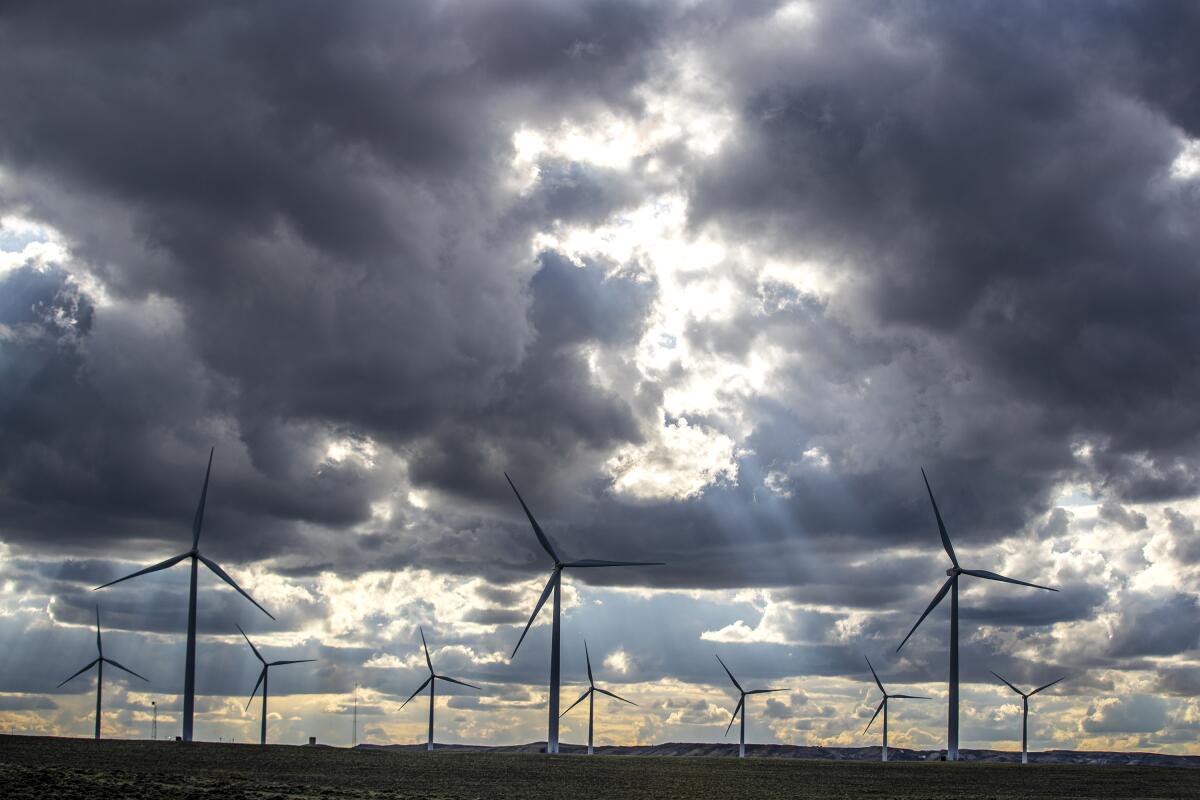
Audubon also references a study from the National Renewable Energy Laboratory estimating the U.S. may need to build as many as 10,000 miles of new power lines a year to reach 100% clean energy by 2035, as urged by many scientists and activists.
There’s no question that electric lines kill birds — as do wind turbines and solar farms.
But as Audubon points out, human activities and infrastructure are estimated to kill several billion birds in the U.S. every year — including at least 365 million from collisions with buildings and 89 million from vehicle collisions. Power lines, by comparison, kill an estimated 57 million birds at the high end — with even smaller numbers of avian deaths from wind and solar farms.
Reading those numbers, I couldn’t help but feel that Audubon’s report was targeted at bird-lovers like Franzen — people who rightly care about protecting avian biodiversity in their backyards and have gotten into the habit of opposing any infrastructure project that could disrupt habitat or kill birds.
I felt like the National Audubon Society was sending a message to its hundreds of independently operated local chapters, not all of which have embraced large-scale renewable power.
Garry George, director of the national society’s clean energy initiative, confirmed my suspicions.
The report’s target audience, he told me, is first and foremost Audubon members. Bird-lovers, he said, must transition from a “protect everything” mind-set toward a willingness to support well-sited, well-designed renewable power projects.
“We have to do it. We have to do something now,” George said. “We can’t let the perfect get in the way of the good.”
I made basically the same argument last month: There’s no such thing as a perfect climate change solution. We’re not going to avert unimaginable harm to people and animals alike without some level of collateral damage along the way.
At the same time, I should acknowledge I’m not much of a birder.
I’m a dedicated hiker, and I definitely care about protecting biodiversity. But I couldn’t tell the difference between a snowy plover and a tufted puffin — at least not without Google. If you’re a dedicated bird-watcher and you’ve got a problem with someone like me suggesting that it’s OK to sacrifice some birds for the sake of the greater good — that’s totally fair.
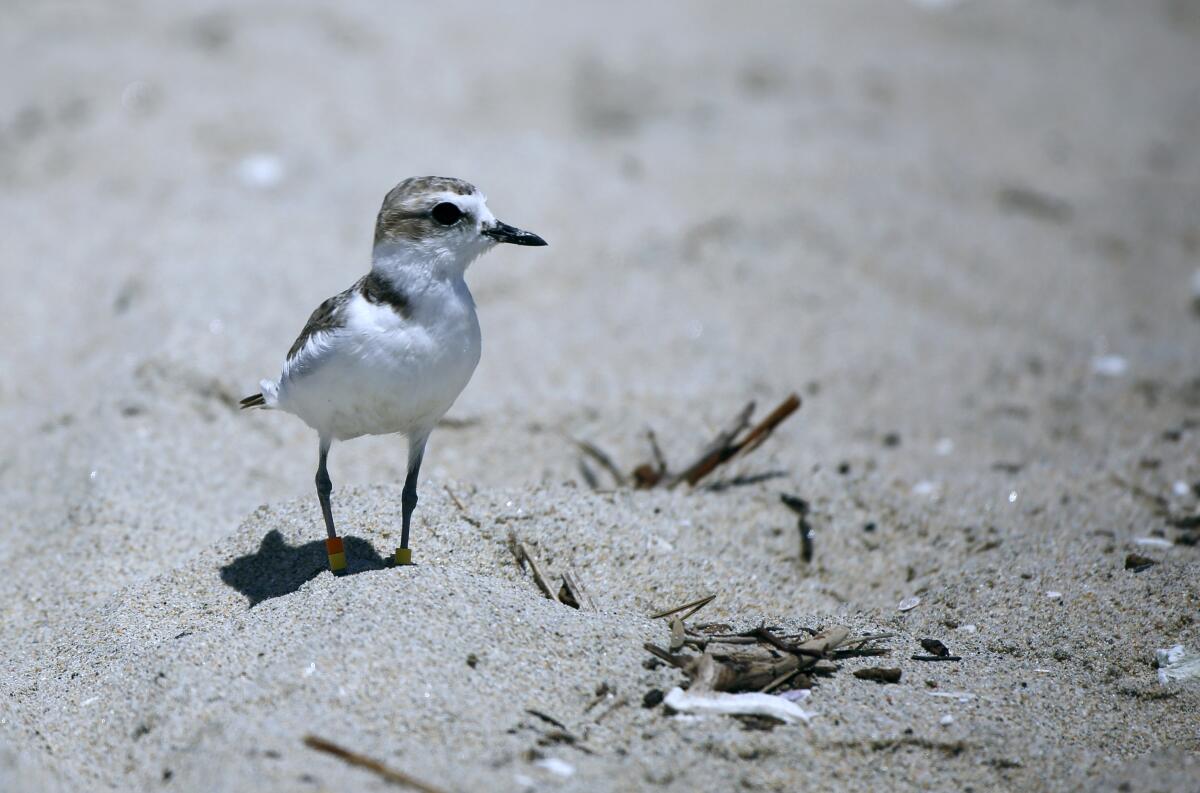
George, though, has been an avid birder for almost 30 years. He’s seen roughly 7,600 distinct avian species, and he hopes to one day reach 10,000. He’s become increasingly concerned about the climate crisis — and convinced by research concluding that lots of renewable energy needs to be built extremely quickly to prevent decades or centuries of brutal fossil-fueled warming.
“A lot of birders I talk to say it’s a long-term problem,” George said. “No, it’s a short-term problem.”
What about rooftop solar panels, and other small solar installations within cities? George pointed to the same research I’ve cited previously, showing we don’t have nearly enough rooftops and parking lots to meet all of the nation’s electricity needs.
Hence the National Audubon Society’s willingness to engage on best practices for potentially hundreds of thousands of miles of new power lines — power lines whose routes will help determine where many large solar and wind farms get built, too.
“If you’re not at the table, you’re on the menu,” George said.
Some environmentalists feel differently.
Audubon’s report touts the group’s work with developer Pattern Energy on a transmission line known as SunZia, which will run 550 miles through New Mexico and Arizona and help carry wind power to customers including the University of California system. Pattern agreed to reroute portions of the line to avoid important bird areas in New Mexico and to install ultraviolet lights that will make parts of the line more visible to birds, among other steps limiting the danger to species including sandhill cranes.
Those changes won the support of the National Audubon Society but didn’t convince some conservationists along the line’s route — including some Audubon members — that SunZia should be built. The criticism over possible bird deaths was especially strong in Arizona’s San Pedro River Valley, where the project’s route was largely finalized before Audubon got involved.
“We cannot afford to be so careless and sloppy with the transition to renewable energy sources — which is unquestionably necessary and imperative — that we exacerbate the global biodiversity crisis,” Erik Molvar wrote.
Molvar is a Wyoming-based wildlife biologist and executive director of the Western Watersheds Project, a conservation group critical of big wind and solar farms. I first met him last year while writing about another planned power line, TransWest Express, that will carry huge amounts of wind energy more than 700 miles from Wyoming to Southern California.
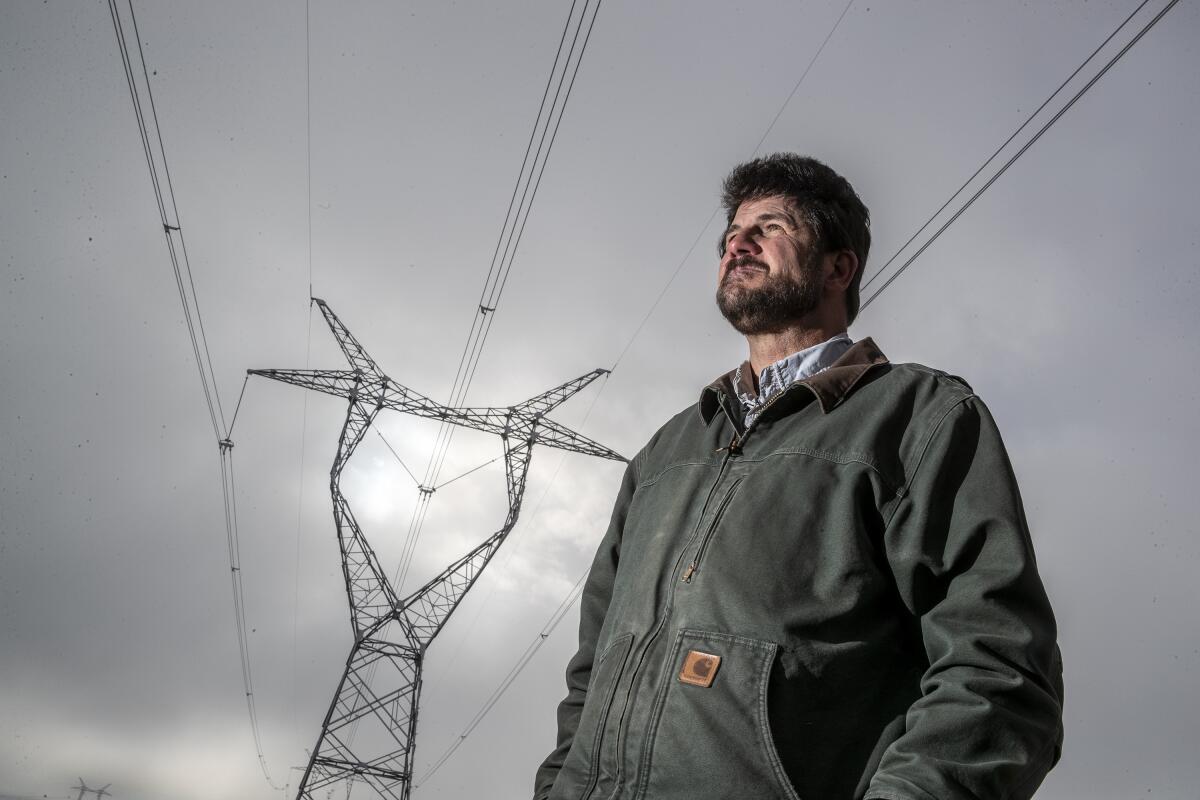
Molvar offered a disapproving take on Audubon’s report, telling me via email that building power lines through undisturbed areas “will have serious negative impacts on birds and many other sensitive wildlife.” Better, he said, to start by putting as many solar panels as possible on rooftops and parking lots, and only then — if needed — upgrade existing transmission lines to support big solar and wind farms, and build new power lines alongside existing wires, where the land has already been disturbed.
“Let’s avoid unnecessary habitat and new sources of wildlife losses wherever we can,” he said.
The National Audubon Society folks agree with that goal, although they have different ideas for achieving it.
In addition to outlining policies that could reduce the need for new transmission, Audubon’s report includes a long list of steps that can limit bird collisions with new lines, such as reconfiguring how wires are strung from tower to tower, installing lightning-protection devices that can replace difficult-to-see “shield wires,” and burying lines underground where feasible.
The report’s authors also mapped out 200,000 miles of existing and planned transmission across the U.S., and compared those power-line corridors with high-priority bird areas. They found that one-third of existing and planned lines fall within areas where bird collisions are especially likely, and roughly one-fourth of planned lines could be especially damaging to avian habitat.
Working with energy companies to protect birds will be especially important in those overlap areas, Audubon wrote. And some of the greatest overlaps show up in Southern California and Nevada, where there’s lots of important bird habitat and many collision-prone avian species — plus a bunch of transmission lines being planned to carry solar power across the Southwest.
So how do we speed up construction of new power lines — SunZia spent a mind-boggling 17 years in permitting before receiving its final federal approval in May — while also ensuring strong protections for birds and other wildlife?
That’s the question of the hour, and maybe the century. There are — stop me if you’ve heard this one — no easy answers.
But George has some ideas. If government officials can make the permitting process more efficient, and energy companies are willing to engage with conservationists early on in the development process, and states get more comfortable sharing electricity across neighboring power grids — then maybe, just maybe, we’ll have a fighting chance against climate catastrophe.
If not, “we’ll lose 389 species of North American birds,” George said. “Everybody who loves birds should care about that.”
ONE MORE THING
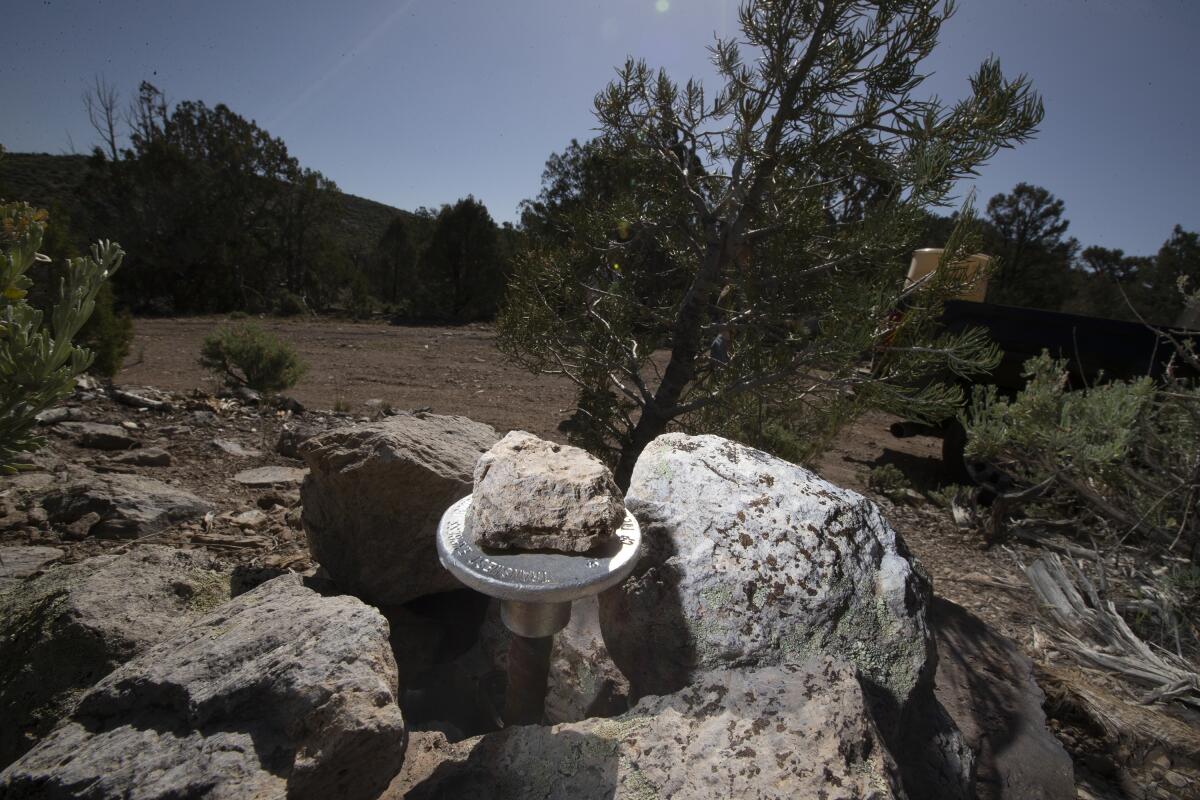
The aforementioned TransWest Express power line — a $3.5-billion project backed by billionaire investor Phil Anschutz — held a ceremonial groundbreaking with top Biden administration officials in June. But Anschutz Corp. executives tell me full construction of the 732-mile project — whose route from Wyoming to California I traveled last year — should start next summer. Early-stage construction activities are already underway, with roadwork and pad-clearing for transmission towers to begin later this month.
Anschutz is still looking to sign contracts with buyers in California or other states for the thousands of megawatts of wind power his company is building at the other end of the line — a high-risk, high-reward gamble that demand will materialize.
But there was positive news last month for Anschutz — and arguably for Golden State residents.
The leaders of California’s main power grid operator, who are appointed by Gov. Gavin Newsom, voted unanimously to approve a new business model under which Anschutz’s TransWest line can become part of the state’s grid — without automatically raising electricity costs for everyone. Southern California Edison customers, for instance, would be charged on Anschutz’s account only if and when Edison uses TransWest to move power — different from how most transmission developers make money.
The California grid operator described Anschutz’s electric line as a valuable tool for reducing planet-warming pollution, in part because it will bring wind power to California at times when the sun isn’t shining and the wind isn’t blowing here.
“This will allow us to get to 90%, 98%, 100% [clean energy] for longer hours, and get us closer to that 365-days-a-year, 24-hours-a-day, every-hour-of-every-day goal that we have,” board member Angelina Galiteva said before last month’s vote.
For Anschutz, the newly conceived business model — which still needs federal approval — could make it easier to sign up buyers for his company’s wind power. The vast majority of his profits would still come from those power-purchase contracts.
“It’s a benefit to us, but it’s also a benefit to California,” Anschutz executive Roxane Perruso told me.
TransWest Express was first proposed in 2005 — 18 years ago. Eighteen years from now, it will be 2041.
If it keeps taking this long to plan and build power lines, then humans — and birds — will be in big trouble.
We’ll be back in your inbox Thursday. To view this newsletter in your Web browser, click here. And for more climate and environment news, follow @Sammy_Roth on Twitter.
Toward a more sustainable California
Get Boiling Point, our newsletter exploring climate change, energy and the environment, and become part of the conversation — and the solution.
You may occasionally receive promotional content from the Los Angeles Times.




